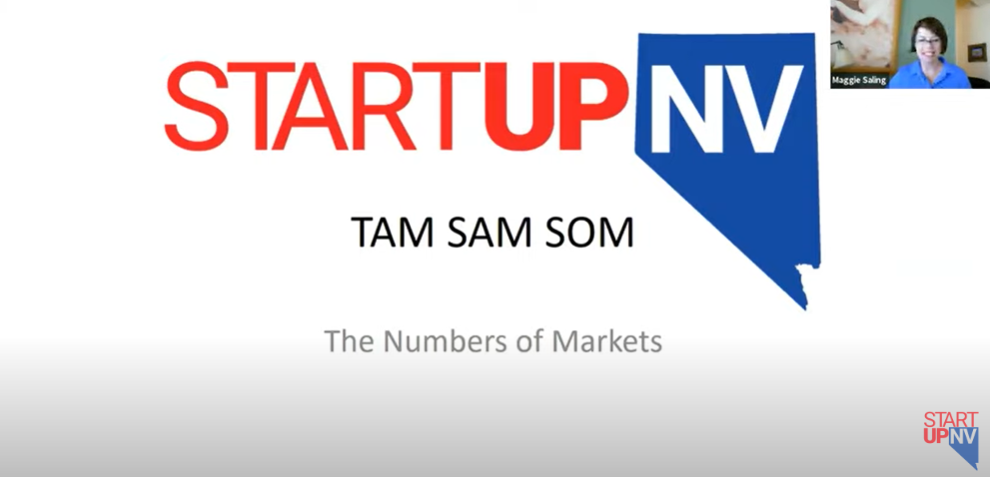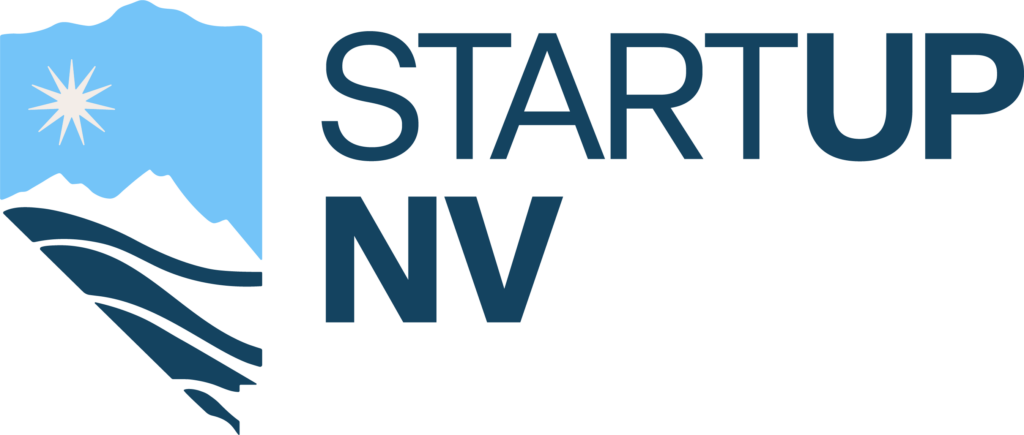How To Accurately Determine Your TAM SAM and SOM
TAM SAM SOM are the numbers that represent market sizes, and a slide that many investors want to see in a pitch deck. Lately, I’ve heard that some investors don’t even want to see the slide because it is so often wrong. Let’s fix that. It’s not hard, it’s just a bit tedious. We’ll deal with TAM and SAM in this blog and SOM in the next.
Why should you do this just for investors? You shouldn’t. You should do it as a founder, to understand how big the opportunity is for your business. These are some of the most important early metrics you should consider when starting a company or product, and you need to know these throughout your company’s journey. Is the market big enough to have me spend the next 10 years of my life building a business around it? Will this be a business that can support hundreds or thousands of jobs? How do I know if my company is scalable and what potential revenues might look like? You should want to know what you’re getting into. This is a case where thoughtful and diligent research will benefit you. If the market is large, the research and time you put into this will enable you to make a very strong case when you’re in front of those first investors. This is particularly compelling if your company offers a competitive advantage not adequately represented in the market.
TAM is Total Addressable Market; SAM is Service Available Market and SOM is Service Obtainable Market.
- The TAM is just that, the total of your market. This is the spend in the market segment that your product or service is included in and represents 100% of the market share, as if there were no competitors. It gives the investor a notion of the size of the total market segment.
- The Serviceable Available Market limits risk for the investor and founder by narrowing the market to realistic geographic or customer parameters and acknowledging that you likely cannot actually serve 100% of the TAM. The size of this market should be such that even with competitors your business can grow large enough to return their desired multiple on investment of money and your investment of time.
- SOM is your obtainable market. This is the one that is most often done wrong. Stay tuned for the next blog, which will address this important process.
What is the right way to do it?
Finding your TAM
Total addressable market (TAM) must be researched. Investors should want to know what the current spend is in your category, as should you. Notice it says spend. It does not say the number of users. Number of users *may* be anecdotally interesting, but it has little bearing on the facts about current spend.
First, find the industry your product or service is in and do research on the total market. If you don’t know what industry you’re in, think about competitors and large companies that have similar products or services. You started this business to solve a pain point you have. What caused this pain point? What are the current solutions? Think about the companies that offer these solutions that were so inadequate that you had to start a company that solves it. What industry are they in?
Then, do research on that industry to get the spend for the whole world and then the US, assuming you’re starting with customers in the US. If you’re creating a double- sided marketplace, you may have to combine two different sides of the same market, but it is not likely you’ll have two completely different industries for the Total Addressable Market. With a two-sided marketplace, you are generally dealing in the same industry, just two different aspects of it. The difference there will be handled in SAM. To do this research, start with Google. It’s free. Stanford GSB also published this helpful list of resources. Wording your questions correctly will be key. Let’s say you have an idea for a more efficient universal electric vehicle charging station. You might ask “What is the current spend on electric vehicle charging stations in the US?” Note that the question was not about the entire electric vehicle industry. That would include vehicle manufacturing. Some of the facts around the number of vehicles will be anecdotally interesting for the demand side of things, but it doesn’t deal with the charging stations and that specific spend. Rather, it would inflate the market size. This is where you have to be thoughtful about it, and try not to fool yourself. Back to research…
Ask the search engine your question a couple of different ways and take note of the results and the sources as you go. Often the results will include articles from databases that have a fee associated with them. To get the full article, you’ll have to either pay or find someone who has access to the database. In Nevada, our universities are land-grant universities which means there are rules around public access, and that means that the libraries are open to the public. It also means that if you visit one and ask for a research librarian, they should be willing to help you do research, including using their databases and finding those cited articles from your Google search. The different institutions have different databases, so the article you cite may not be available, but they will have some information on your industry. The librarian may also know which of the other institutions has the databases that they don’t have but was shown in the search. You may have to pay for printed materials, but that is much less expensive than paying for access to the database itself. If you find wildly different data for US markets and the world, and you plan to start selling in the US or stay growing only in the US for a long time, you may need to use the US market as TAM, even though you did the research on the world. It’s always good to have that information.
Finding your SAM
Let’s move on to SAM, the Serviceable Available Market (sometimes called Serviceable Addressable Market). This is the segment of the market that is available with your product in the foreseeable future. You’ll sit squarely in this segment of the market and know who your direct competitors are. If the US alone has many billions of dollars of spend in the chosen field, and it will take longer than 5-7 years to move beyond the first 3-4 markets, use the US total market spend for TAM. For SAM in this case, select which states you’ll go into first, and that will bring in good revenue for 10 years or more, and use their current spend for SAM. If your customer is better defined, and you know what percentage of the population and spend they represent, it may be best to stick with the world as TAM and the US as SAM. SOM we will deal with in the next blog. We now have the beginnings of TAM SAM SOM and can justify these numbers to potential investors. For more information with examples of good and bad market slides, see this video. For more from StartupNV, click here!
How To Accurately Determine Your TAM SAM and SOM Read More »



